Photoelectrochemical lab-on-paper device based on molecularly imprinted polymer and porous Au-paper electrode
文献情報
Panpan Wang, Guoqiang Sun, Lei Ge, Shenguang Ge, Jinghua Yu, Mei Yan
In this work, microfluidic paper-based analytical device (μ-PAD) was applied in a photoelectrochemical (PEC) method and thus a truly low-cost, simple, portable, and disposable microfluidic PEC origami device (μ-PECOD) was demonstrated. The molecular imprinting technique was introduced into microfluidic paper-based analytical devices (μ-PADs) through electropolymerization of molecular imprinted polyaniline (MPANI) in a novel Au nanoparticle (AuNP)-modified paper working electrode (Au-PWE). This is fabricated through the growth of an AuNP layer on the surfaces of cellulose fibers in the PWE. Under visible light irradiation, MPANI can generate the photoelectric transition from the highest occupied molecular orbital (HOMO) to the lowest unoccupied molecular orbital (LUMO), delivering the excited electrons to the AuNPs, and then to the carbon working electrode. Simultaneously, it is believed that a positively charged hole of MPANI that took part in the oxidation process was consumed by ascorbic acid (AA) to promote the amplifying photocurrent response. On the basis of this novel MPANI-Au-PWE and the principle of origami, a microfluidic molecular imprinted polymer (MIP)-based photoelectrochemical analytical origami device (μ-MPECOD), comprised of an auxiliary tab and a sample tab, is developed for the detection of heptachlor in the linear range from 0.03 nmol L−1 to 10.0 nmol L−1 with a low detection limit of 8.0 pmol L−1. The selectivity, reproducibility, and stability of this μ-MPECOD are investigated. This μ-MPECOD would provide a new platform for high-throughput, sensitive, specific, and multiplex assay in public health, environmental monitoring, and the developing world.
関連文献
IF 4.616
Cholesterol determination using protein-templated fluorescent gold nanocluster probesIF 4.616
A low-cost thin layer coulometric microfluidic device based on an ion-selective membrane for calcium determinationIF 4.616
Phosphorescent sensing of Cr3+ with protein-functionalized Mn-doped ZnS quantum dotsIF 4.616
New molecular probe for the selective detection of zinc ionIF 4.616
Magnetic solid-phase extraction based on tetrabenzyl modified Fe3O4 nanoparticles for the analysis of trace polycyclic aromatic hydrocarbons in environmental water samplesIF 4.616
pH-independent optical sensing of heparin based on ionic liquid-capped gold nanoparticlesIF 4.616
Electrochemical detection of dopamine based on pre-concentration by graphenenanosheetsIF 4.616
An IMPLICATION logic gate based on citrate-capped gold nanoparticles with thiocyanate and iodide as inputsIF 4.616
A simple cassette as point-of-care diagnostic device for naked-eye colorimetric bacteria detectionIF 4.616
掲載誌
Analyst

Analyst publishes analytical and bioanalytical research that reports premier fundamental discoveries and inventions, and the applications of those discoveries, unconfined by traditional discipline barriers.
おすすめ化合物
おすすめサプライヤー
 食品 S. A.
食品 S. A. 河南美清水处理有限公司
河南美清水处理有限公司 温州市正通水处理设备有限公司
温州市正通水处理设备有限公司 ETS(天津)バイオテクノロジー発展有限公司
ETS(天津)バイオテクノロジー発展有限公司 山东新美康生物製薬有限公司
山东新美康生物製薬有限公司 アルフレッド・ウェーバー・メカニズムテクノロジー
アルフレッド・ウェーバー・メカニズムテクノロジー Luxinar Ltd.
Luxinar Ltd. 济南可为生物科技有限公司
济南可为生物科技有限公司 上海信洛バイオメディカルテクノロジーライミテッド
上海信洛バイオメディカルテクノロジーライミテッド GVF Components s.r.l.
GVF Components s.r.l.

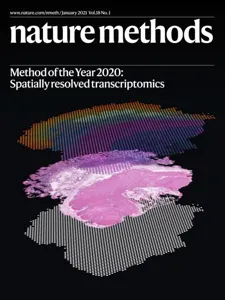



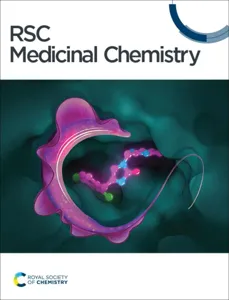
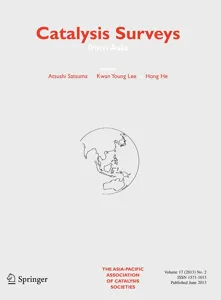
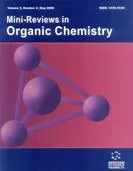
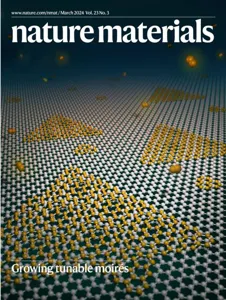
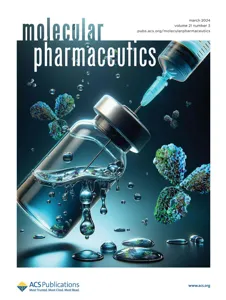
![904814-21-7 - 1-(Imidazo[1,2-a]pyridin-3-ylmethyl)-4-piperidinecarboxylic acid 904814-21-7 - 1-(Imidazo[1,2-a]pyridin-3-ylmethyl)-4-piperidinecarboxylic acid](/structs/904/904814-21-7-851a.webp)
![91-87-2 - [2-(Dimethoxymethyl)-1-hepten-1-yl]benzene 91-87-2 - [2-(Dimethoxymethyl)-1-hepten-1-yl]benzene](/structs/91-/91-87-2-edfd.webp)

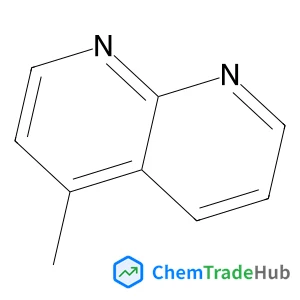
![113967-71-8 - 7-Amino-2-(methylsulfanyl)[1,2,4]triazolo[1,5-a]pyrimidine-6-carboxylic acid 113967-71-8 - 7-Amino-2-(methylsulfanyl)[1,2,4]triazolo[1,5-a]pyrimidine-6-carboxylic acid](/structs/113/113967-71-8-ae94.webp)